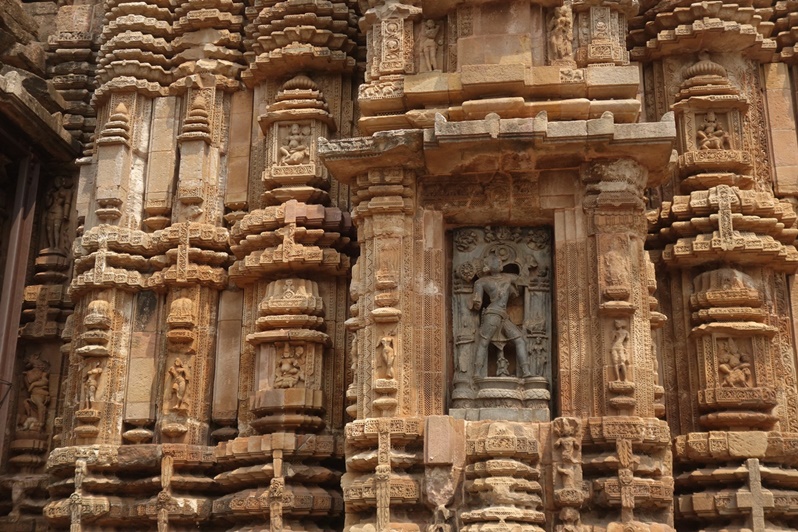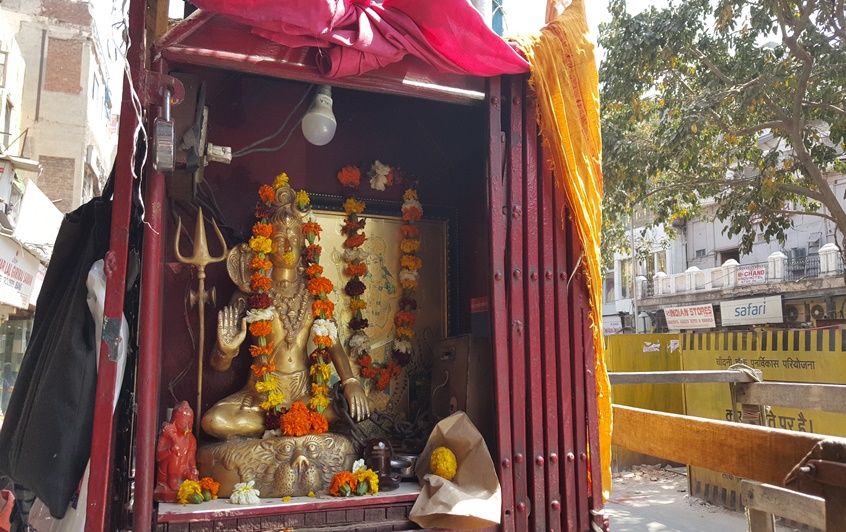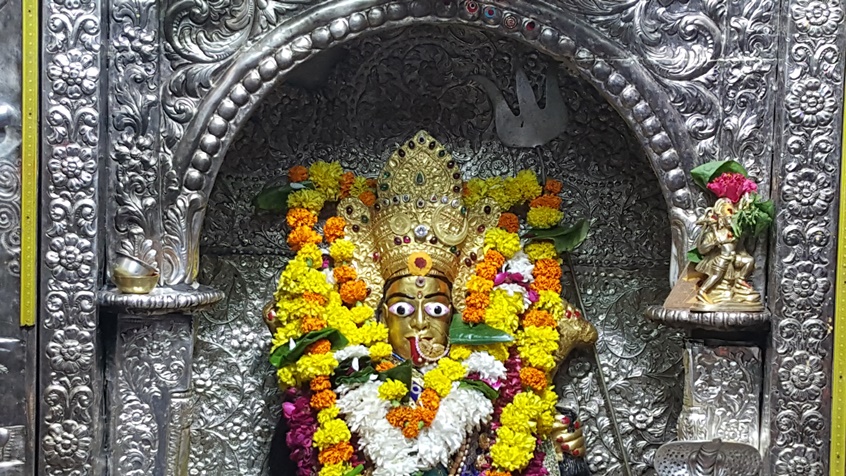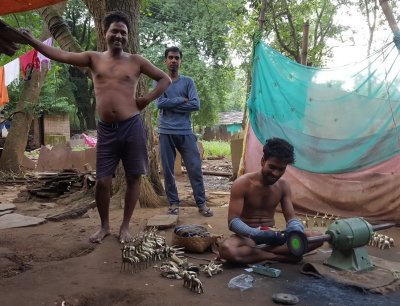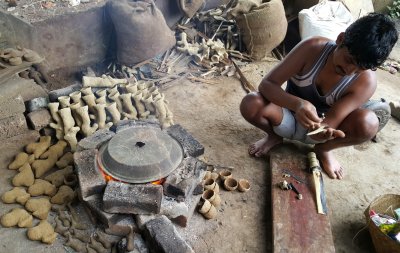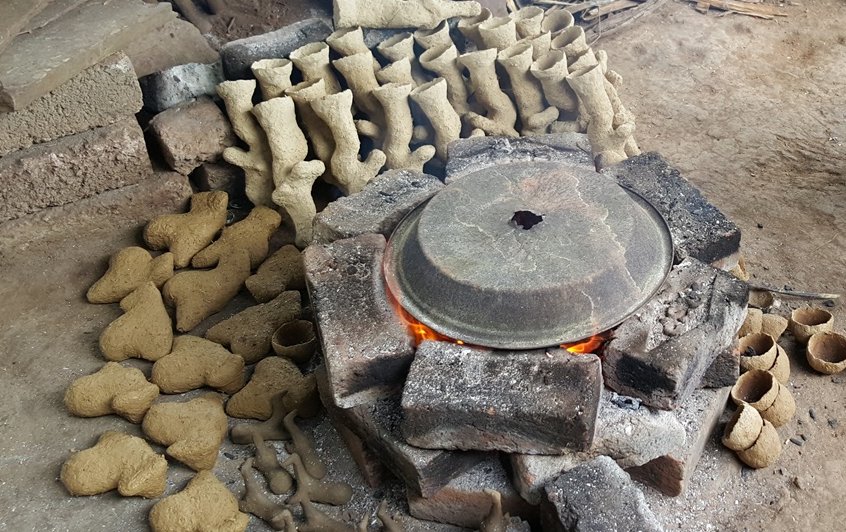
par Bertrand Bellaize, le 12 janvier 2020
L’art tribal Dokra en Inde : un art millénaire dans la fabrication de statues
L'Inde : un pays tribal
Les tribus, pratiquant l'art Dokra, sont originaires de la région de Bastar, dans l'Inde du Sud (aujourd'hui situé dans l'État de Chattisgarh), elles ont émigré plusieurs siècles auparavant et se sont installées un peu partout en Inde, du Nord au Sud. La plupart ont gardé leur tradition (art culinaire, vestimentaire, fêtes…) et leur religion animiste.
La technique utilisée pour la fabrication des statues en laiton est toujours celle de la cire perdue.
Cet art traditionnel et artisanal n'a pas changé depuis des millénaires (+ de 4000 ans), on en retrouve des traces dans la civilisation de la vallée de l'Indus à Mohenjo Daro, notamment avec la célèbre sculpture d'une femme dansante.
Cette tradition se perpétue dans de nombreux États indiens : le Chattisgarh, bien sur, mais aussi l'Odisha, le Madya Pradesh, le Telangana, le Jarkhand, l'Uttar Pradesh limitrophes mais aussi au Kerala, l'Ouest Bengal, L'Andra Pradesh…
Au travers de cet art tribal, il est possible de découvrir à la fois un savoir-faire artisanal mais aussi d'approcher une autre culture en Inde : un mode de vie au quotidien, la relation au sacré… L'art tribal nous raconte une histoire de façon concrète et esthétique.
Les tribus vivent en symbiose avec la nature : la notion de propriété foncière est inexistante. Ils se nourrissent de ce que la nature leur procure : chasse, cueillette, agriculture. Ils utilisent les ressources de la forêt pour construire leur logement, confectionner certaines parures festives (pour leurs vêtements chez ceux qui vivent loin des villes), certains bijoux (coquillages)...
Aujourd'hui beaucoup ont adopté (par choix ou nécessité) un mode de vie plus urbain mais restent très liés à la nature avec laquelle ils vivent en harmonie.
Un art proche du quotidien et du sacré
Les représentations empruntent à la vie quotidienne : objets usuels, scènes de vie : chasse, coupe du bois, femmes se rendant à la rivière pour ramener de l'eau…. Les animaux parmi lesquels vivent les tribus tiennent aussi une place primordiale : tortue, éléphant, cheval, buffle.
Les formes sont simples, fortement expressives, avec souvent l'usage de la disproportion pour mettre en valeur un aspect, une particularité du sujet représenté : les œuvres dégagent une expression directe qui nous touchent fortement et nous émerveillent durablement. L'artiste semble aller à l'essentiel, la finesse des détails ne surchargent pas la statue.
Les œuvres fabriquées par les artistes Dokra peuvent être de nature usuelle : coupelle, bougeoir… mais aussi des instruments de musiques (cuivres) utilisés lors des cérémonies, rituels, ou bien des objets artistiques tels que des bijoux.
La dimension sacrée est aussi fortement présente avec la représentation de divinités animistes (Devi, Jetku et Mikti…) ou hindous adoptées par les tribus : Ganesh, Lakshmi...
Une pratique familiale
Cet art se pratique en famille, chacun contribuant en fonction de ses possibilités et compétences. Chacun travaille dehors, dans la cour de la maison ou sous un auvent. Parfois le four de cuisson est commun à tous les villageois, ailleurs chaque famille coule ses statues à domicile.
La plupart des œuvres réalisées sont maintenant vendues à des grossistes qui les écoulent en Inde ou l‘art Dokra commence à être reconnu tant par le gouvernement que par les amateurs. Une partie de la production est aussi écoulée sur les marchés locaux, surtout pour les objets usuels. Cependant les conditions de vie restent aujourd'hui précaires pour la plupart des artistes Dokras.
